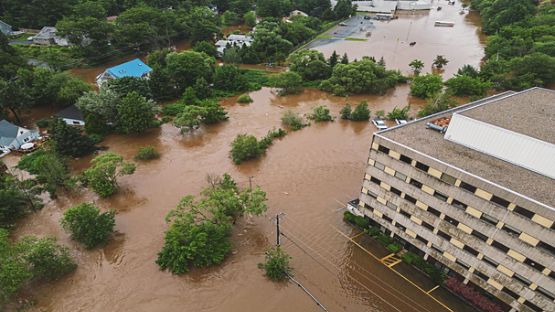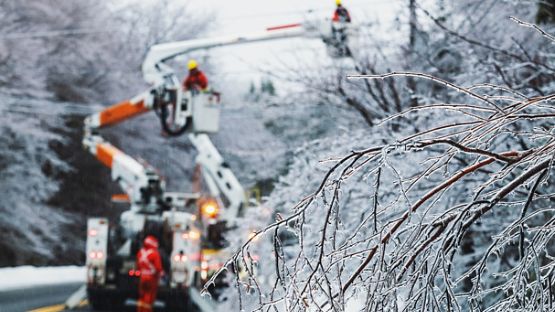Whether it’s a mail carrier who wipes out on a patch of ice on your walkway, a customer who hits their head on a sign in your lobby or a passerby who is knocked over by a car in your parking lot, you have a duty of care to prevent and report accidents on your business’s property.
If you don’t report incidents, you could be opening your company up to a lawsuit or insurance claim that blames you for causing the incident – or at least not preventing it.
That’s why it’s important to have a formal process for documenting every incident, no matter how minor, involving a member of the public becoming injured on your property. Every “near miss” incident should also be reported to help prevent future incidents.
What to do when someone trips, slips or falls on your company property
When creating your incident reporting policy, it’s helpful to walk through the following steps in chronological order.
1. Ensure the safety of the area and any people
The first priority after an accident should be to secure the area so there’s no chance of further injury or damage. You may have to call 911 or a utility provider to attend to any hazards.
2. Prevent another incident from happening
Block off the area, put up a sign, (e.g., wet floor) or immediately remove the hazard to prevent another incident and ensure the security of the area. Businesses have the responsibility to do what they can to prevent future incidents and safety threats.
3. Don’t admit fault
Although you may want to acknowledge the incident and take care of any injuries, it’s important to avoid admitting any fault for the incident. Until all information is gathered, it’s unclear who is responsible.
4. Report and document the incident immediately
Using an incident report form, jot down all the details about the event, including:
- Name of person writing report
- Name and contact information of all individuals affected by the incident
- Name and contact information of any witnesses
- Time and date of incident and report
- Location
- Photos/video/sketch of the incident (you may need to access security footage)
- Incident details
- Extent and description of any injury
- Extent and description of any property damage
- Condition of the environment at the time of the incident, e.g., weather conditions if the incident happened outside
- Immediate actions taken to prevent further injury or damage
- Any future actions required
5. Document the company’s preventative measures
In case there is an insurance claim or lawsuit, you will want to have on record any steps the company took to prevent the incident. For example, if someone slips and falls on ice outside, document how often the walkway is shovelled and salted in the winter. When you can prove you’ve exhibited a duty of care, it can limit a potential claim.
6. Review the incident report internally to prevent future incidents
A company health and safety officer or committee should review the report to determine whether there are actions that can be taken to prevent a similar incident.
7. File the incident report in a safe place
Depending on the province or territory you live in, a complainant has between one and six years to file a lawsuit following an incident. It’s important to keep your report and any evidence, such as photos or video footage, for this period of time to ensure you have a defense.
8. Share all incident reports with your insurance company
It’s helpful to share incident reports with your insurance broker, who will review it with your insurance company to prepare for the possibility of a claim. They may have advice on ways to reduce the likelihood of an insurance claim.
What to do after documenting an incident
Every process for documenting incidents involving the general public should be part of your company’s broader health and safety policy. Employees should understand the importance of filling out the documentation form immediately and accurately. This may require some training on the kind of details that are helpful when completing it. The form should be available in central places throughout the property.
It’s equally important to learn from every incident and implement measures to prevent it – and similar problems – from happening again. This is where many companies could stand to improve their reporting processes. This may include:
- Reviewing how the incident was handled and correct any issues
- Reviewing incident trends and previous incident reports
- Implementing a permanent preventative solution/action
- Reviewing the report itself for any shortfalls
- Reviewing personnel training
Learn more about incident reporting
Looking for an incident report template? Here are some reporting forms you can adopt for your business, including auto reporting templates that your employees can keep in their cars in case of an incident:
For more information about incident reporting, talk to your insurance broker or Aviva’s Risk Management Solutions team at arms.canada@aviva.com.













